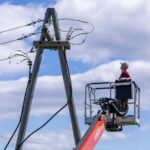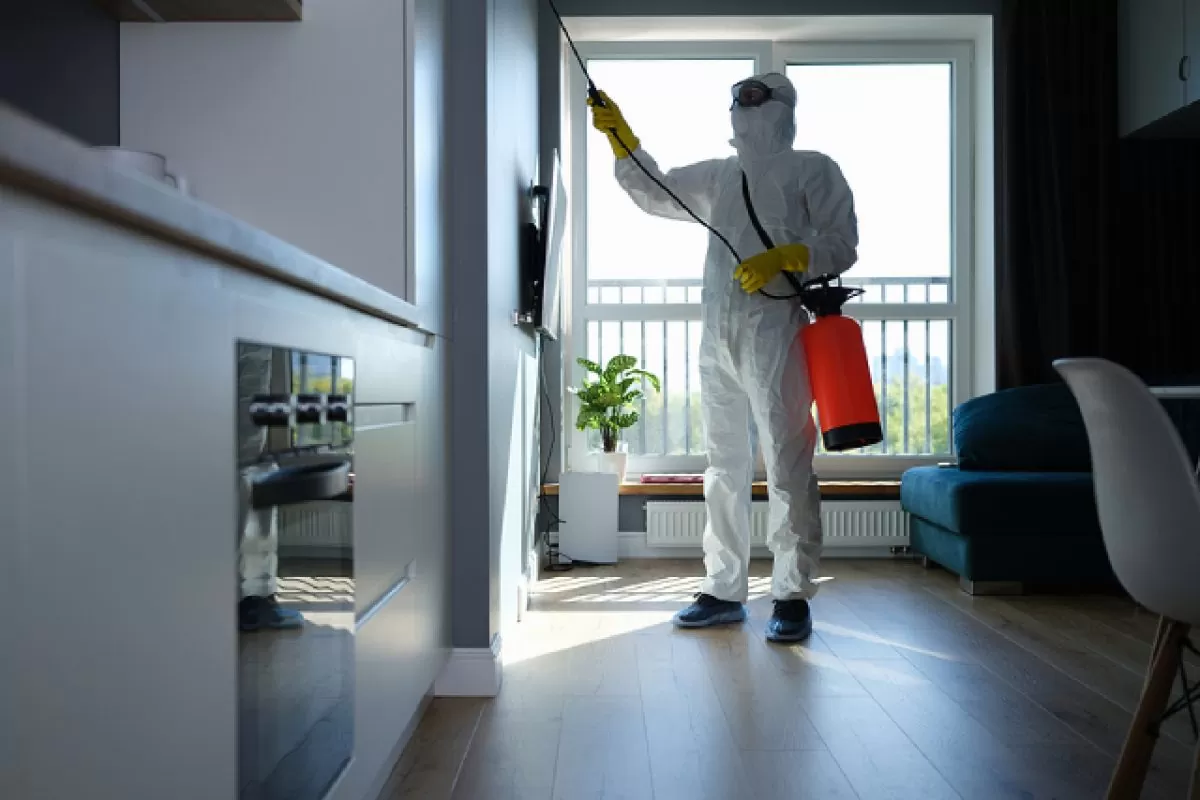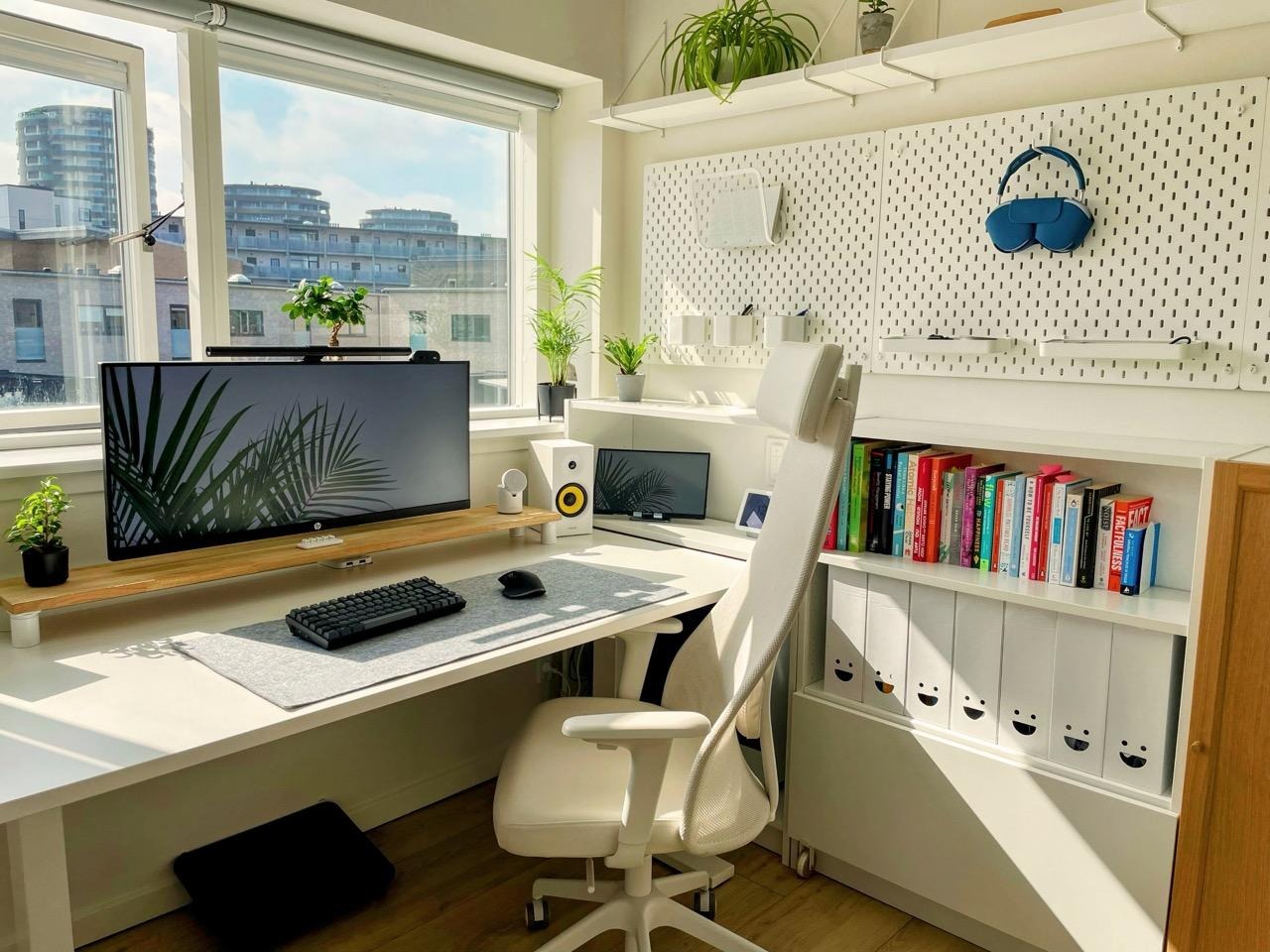Water damage can strike unexpectedly, leaving homeowners overwhelmed and uncertain about the best course of action. Water damage from a busted pipe, flooding, or leaking roof endangers your home and family. Prompt and effective water damage cleanup is critical to minimizing long-term damage, but many people make avoidable mistakes that can worsen the situation. Understanding these typical mistakes will help you clean up faster and safeguard your home.
1. Delaying Cleanup Efforts
One of the biggest mistakes homeowners make is procrastinating on cleanup. Water damage can escalate quickly, seeping into walls, floors, and furniture, promoting mold growth and structural weakening. Mold spores can begin to develop within 24 to 48 hours of water exposure, potentially causing serious health issues.
The sooner you start drying out your property, the better. Immediate steps like turning off electricity in affected areas, removing standing water, and ventilating the space can prevent further damage. If the damage is extensive, it’s wise to contact professional water damage restoration experts right away.
2. Underestimating The Severity Of Damage
Water damage often looks worse on the surface than it really is — or sometimes, it looks minor but hides deeper problems. Many homeowners underestimate the extent of water infiltration, assuming that visible drying means the problem is solved.
However, water can soak into insulation, drywall, and subflooring, remaining hidden behind walls or under floors. Over time, stored moisture can damage structures and foster mold and mildew.
Avoid this mistake by inspecting the area or hiring professionals who utilize moisture meters and infrared cameras to find concealed water damage.
3. Not Removing Standing Water Properly
Standing water left in your home is a breeding ground for bacteria, mold, and pests. Simply mopping up small puddles isn’t enough when the flooding is significant. Using household towels or buckets to remove large amounts of water can be inefficient and may leave residual moisture behind.
Specialized equipment such as wet/dry vacuums, pumps, and dehumidifiers are necessary for effective water removal and drying. If you attempt to do it yourself, ensure you have the right tools and knowledge. Otherwise, a professional cleanup service is recommended to thoroughly extract water and begin drying.
4. Neglecting To Remove Damaged Materials
Water-damaged materials like carpets, drywall, and insulation can retain moisture and harbor mold spores. Many people make the error of trying to salvage all their belongings without assessing what’s beyond repair.
It’s essential to remove and dispose of any porous materials that have absorbed water and cannot be properly dried or disinfected. Keeping damaged items increases the risk of mold spreading and can compromise indoor air quality.
Professionals can help determine what needs to be discarded and what can be restored safely.
5. Skipping Disinfection And Mold Prevention
Water damage cleanup isn’t just about drying out the area—it also requires thorough cleaning and disinfecting. Floodwaters often contain contaminants like sewage, chemicals, and bacteria that pose health hazards.
If you skip sanitizing surfaces, you risk exposing your family to harmful pathogens. Additionally, mold prevention measures such as using antimicrobial treatments and keeping humidity low are critical.
Using household bleach without proper dilution or ventilation can be dangerous and ineffective. It’s best to use EPA-approved cleaning agents or rely on professionals trained in mold remediation.
6. Ignoring Electrical Hazards
Water and electricity are a dangerous combination. During water damage cleanup, many people overlook turning off power sources in affected areas, leading to the risk of electric shock or fires.
Before entering flooded rooms, ensure the electricity is turned off at the main breaker, especially if water levels are high. If you’re unsure or uncomfortable handling electrical systems, hire a licensed electrician to inspect and secure your home.
7. Trying To Handle Large-Scale Damage Alone
While small water spills can sometimes be managed independently, large-scale water damage requires professional intervention. Doing everything yourself might delay drying and cause mold development and structural failure.
Water damage restoration businesses have the skills, equipment, and knowledge to clean up thoroughly. They also provide documentation for insurance claims, which can be complex to manage alone.
8. Not Documenting Damage For Insurance
Failing to document water damage before cleanup is a costly mistake. Insurance companies typically require detailed evidence of the damage to process claims.
Take clear images and videos of the water intrusion source, damaged property, and affected locations. Keep records of cleanup efforts and expenses. This documentation helps substantiate your claim and speeds up reimbursement.
9. Overlooking Ventilation And Humidity Control
Proper airflow and humidity control are key to drying out your home. Some homeowners forget to open windows, use fans, or run dehumidifiers, leading to prolonged moisture presence.
Without adequate ventilation, moisture lingers, encouraging mold growth. Use fans strategically to circulate air and dehumidifiers to maintain indoor humidity between 30-50%. Professionals often employ industrial-grade drying equipment for faster results.
Conclusion
Time-sensitive, sophisticated water damage remediation requires safety and attention to detail. Avoiding these common mistakes—from delaying cleanup to neglecting mold prevention and electrical safety—can save your home from costly repairs and health risks. If you face significant water damage, don’t hesitate to seek professional help. Their expertise ensures thorough restoration, protecting your property and peace of mind.








